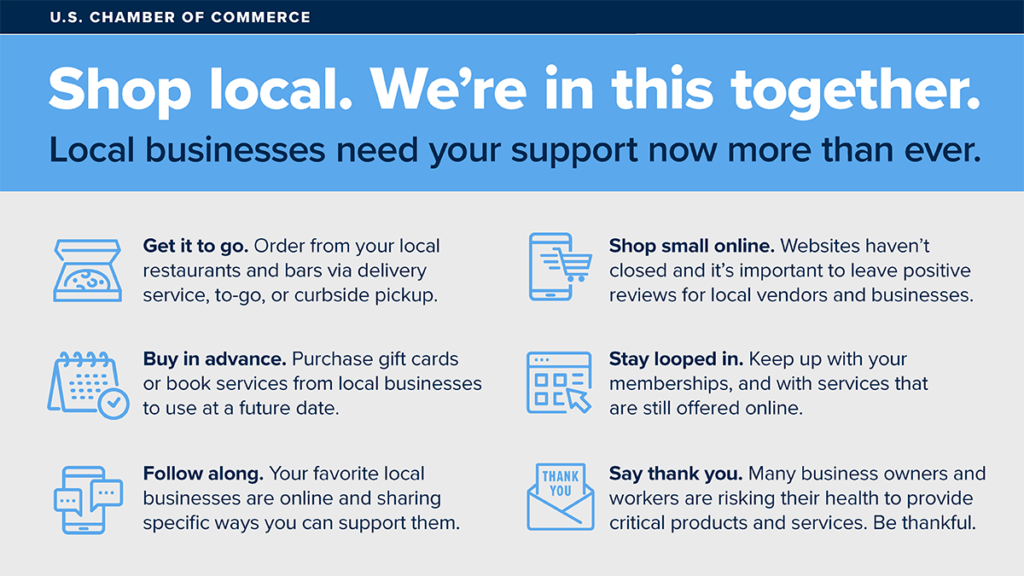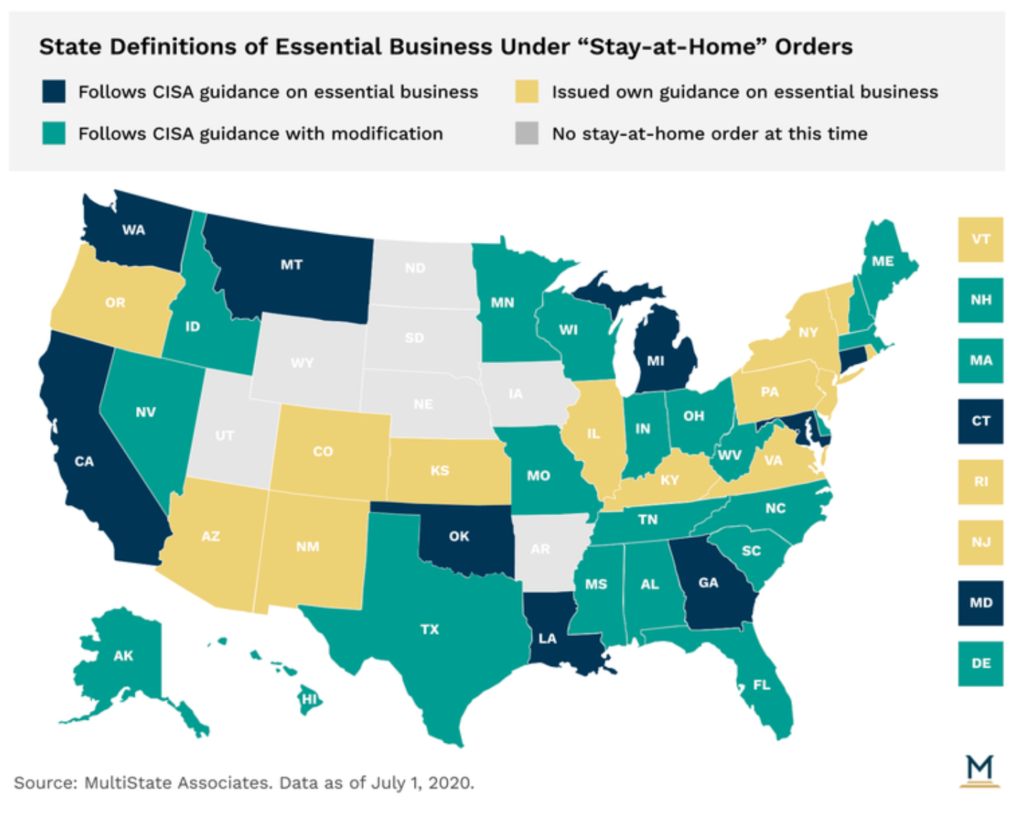
If you think emptying your inbox is impossible, think again. Check out these tips and tricks to get an inbox completely free of things to do.
The first step
The first step to emptying your inbox is setting up time to go through your email at its current state. There are three methods to tackle this approach.
- Delete everything. If you haven’t done anything with the emails already, then they might not be as important as you think=. This is the quickest way to get a clean slate.
- Take time to go through every single email. That’s right, take a day (or two) to open and do something with every email. Plan on spending 15 to 30 seconds on each email.
- Do a combination of both. The most common method; plan on deleting every email more than three months old, and then take the time to review what’s left.
Processing your inbox
After taking the first step to cleaning out your inbox, come up with a system to make sure it stays clean. This means making folders, template responses, and unsubscribing to newsletters and promotions you don’t need or care about.
If you create a folder to place emails you need to come back to, make sure you set aside the time each week to address that folder (and stick to it).
Another method is to address the email as soon as you open it. Whether this means scheduling a task, making a phone call, or replying with a brief message, taking care of the email immediately can help to maintain productivity. And remember, you should never treat deleted emails as its own folder.
Inspiration for this post came from “The Path to Emptying Your Inbox,” by Gwen Bortner.
If you’re looking for more information to guide you in owning a retail business, subscribe to American Quilt Retailer today. Already a subscriber? No worries—join our Facebook group for insights and dialogue from industry specialists like you.



















